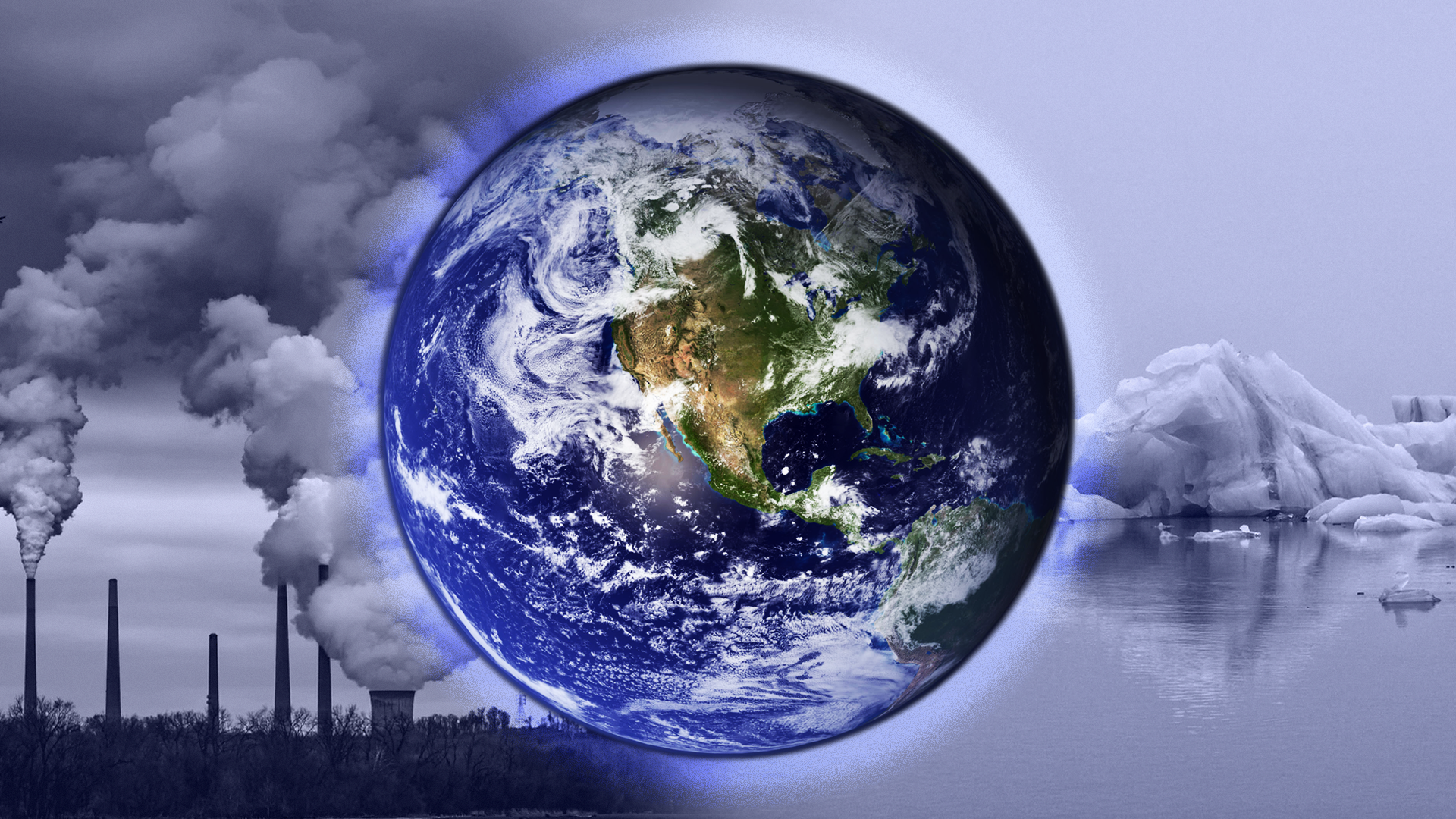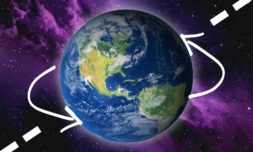New research confirms long harboured suspicions that humanity’s emissions are shrinking Earth’s stratosphere, with its thickness reportedly contracting by as much as 400 metres since the 1980s.
Science is starting to draw regular connections between humanity’s role in climate change and marked shifts with the planet, and the latest reports are seriously concerning.
Just last month, data from the American Geophysical Union revealed that humanity’s ceaseless emissions have separated the North and South Poles by up to four meters since the 80s, the mass melting of glaciers leading to a drastic redistribution of weight which has quite literally altered the Earth’s axis of rotation.
With scientists already baffled by humanity’s profound impact on the planet, further reports emerging this week aren’t providing much in the way of optimism.
Science has long hypothesised that humanity’s carbon emissions are likely shrinking the Earth’s stratosphere (located 20km to 60km above Earth’s surface) over time, but a study published this week in the Environmental Research Letters journal has finally provided the vital confirmation needed.
Delving into the archives to pick out the first satellite images recorded of Earth back in the 80s, researchers weighed original observations against ‘climate models’ which look into the complex chemical interactions occurring in our atmosphere.
What they found dispelled a misconception in geophysical science which attributed any potential shrinkage in our stratosphere to ozone losses.
It was commonly believed that the cooling of air in the stratosphere causes the boundary to contract – which is correct – but it transpires that carbon emissions are the key factor in this major shift. We’re talking 400 metres in 40 years, by the way.


















